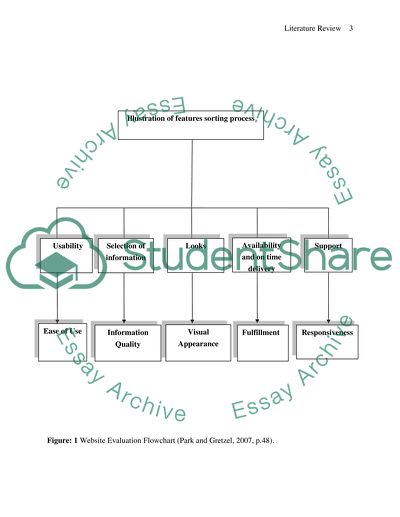Cite this document
(“Sri Lankan travellers needs and expectations about airline websites Literature review”, n.d.)
Retrieved from https://studentshare.org/gender-sexual-studies/1406012-sri-lankan-travellers-needs-and-expectations-about-airline-websites
Retrieved from https://studentshare.org/gender-sexual-studies/1406012-sri-lankan-travellers-needs-and-expectations-about-airline-websites
(Sri Lankan Travellers Needs and Expectations about Airline Websites Literature Review)
https://studentshare.org/gender-sexual-studies/1406012-sri-lankan-travellers-needs-and-expectations-about-airline-websites.
https://studentshare.org/gender-sexual-studies/1406012-sri-lankan-travellers-needs-and-expectations-about-airline-websites.
“Sri Lankan Travellers Needs and Expectations about Airline Websites Literature Review”, n.d. https://studentshare.org/gender-sexual-studies/1406012-sri-lankan-travellers-needs-and-expectations-about-airline-websites.


